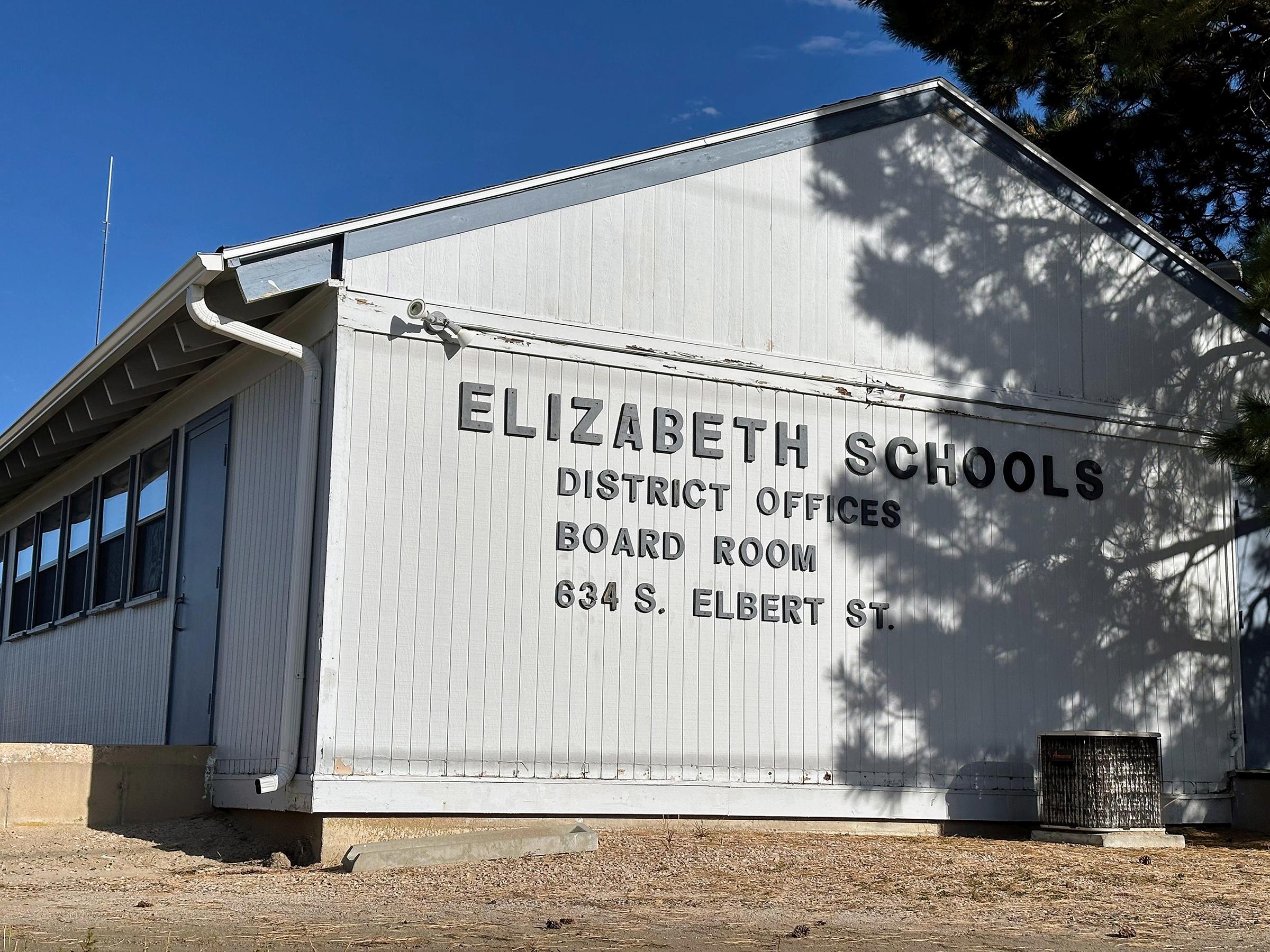For years, Harvard University's admissions office has given a "tip" to legacy students, or students with at least one parent who graduated from Harvard or Radcliffe, its former sister school.
The size and nature of that "tip" was officially unclear — until a federal judge compelled Harvard to share six years of admissions data. That reveal came ahead of a recently concluded federal trial, in which Harvard stood accused of discriminating against Asian-American applicants. Expert analyses of Harvard's data, prepared by both parties in the lawsuit, disagree on many counts; but both say legacy preference can make a big difference. And that's not just the case at Harvard.
Forty-two percent of private institutions and 6 percent of public institutions consider legacy status as a factor in admissions, according to a 2018 survey of admissions directors by Inside Higher Ed.
At Columbia University, legacy status may provide a "slight advantage" when similarly qualified applicants are competing. That's also the case at the University of Virginia.
Other schools that consider legacy include Auburn University, the University of Tennessee, Knoxville, Indiana University, Bloomington, the University of Alabama and Stanford University, according to each institution's common data set.
But unlike Harvard, it's still unclear exactly how each school uses legacy in their admissions process.
Today, Harvard and other elite American universities say they rely on legacy status in the same way they use race or other student characteristics: as a means of fostering a healthy and diverse campus and alumni community.
Critics say the practice tends to favor affluent white students, and that ending it could help make room for students who have more to gain from a prestigious degree.
A history of legacy
Legacy preference dates back a century, and shares an intertwined history with racial preference. In the 1920s, a new cohort of students — many of them Jewish and/or immigrants — were vying for space at American universities like Harvard, and family histories were invoked in the service of aspiring "Harvard men."
Today, at least four of the world's top 10 universities (Caltech, Oxford, Cambridge and the University of California, Berkeley) explicitly don't allow for legacy preference in admissions decisions, and some U.S. schools have eliminated their legacy policies.
Until 2004, Texas A&M University gave legacy applicants a four-point boost on a 100-point scale. But the school ended that practice after being criticized for maintaining legacy preference when it had stopped considering race in admissions. The University of California and the University of Georgia also ended legacy preference after deciding not to consider race.
"If you could not provide weight for one group, on what basis could you justify giving it to another group?" Delmer D. Dunn, a University of Georgia administrator, told The Chronicle of Higher Education in 2004.
But Harvard does consider race in admissions, and it has defended its legacy policy on multiple counts. In a deposition, Rakesh Khurana, dean of the college, said a legacy preference can foster another kind of diversity: placing people with deep Harvard experience alongside those without it.
Some have suggested that well-off, multi-generational Harvard families are also more likely to pay higher tuition and give more money, which helps keep the school tuition-free — or close to it — for families earning less than $150,000 a year.
The admissions committee has further argued that legacy consideration "helps to cement strong bonds between the university and its alumni." A June filing says the university depends on alumni for "interviewing applicants" and for "financial support," and said the university would incur "substantial costs" — presumably in donations — if the policy ended.
But Students For Fair Admissions, the group that is suing Harvard, has pushed back, citing multiple studies that show legacy preference doesn't result in increased giving.
"It's a complex ethical question"
Today, according to Harvard, legacy students make up around 14 percent of the undergraduate population.
An analysis commissioned by Students For Fair Admissions found legacy applicants were accepted at a rate of nearly 34 percent from 2009 to 2015. According to the report, that's more than five times higher than the rate for non-legacies over the same six-year period: just 5.9 percent.
A 2013 analysis conducted by Harvard's own Office of Institutional Research found that legacy status conferred a 40-percentage point advantage of being accepted, but mainly for students already in the most desirable applicant pool.
In July, Harvard's new president, Lawrence Bacow, said many legacy applicants are already in the most desirable applicant pool.
"Their applications tend to be well put-together," Bacow said. "They have deep knowledge of the institution. So it's a self-selected pool, which, as a group, by almost any metric, looks very, very good relative to the broader applicant pool."
Critics of the practice agree with Bacow — and say that, therefore, any policy of legacy preference amounts to a double advantage for already-privileged students.
The idea of granting that pool of students any additional privilege strikes Evan Mandery, who graduated from Harvard in 1989, as "insane."
"It's a complex ethical question — whether disadvantaging accidents of birth should be compensated for in the admissions process," said Mandery, who teaches at John Jay College in New York. "But there's no plausible moral claim that accidents of birth that advantage you — like being a man, or being a white man, or being a rich, white man — should give you a further advantage."
The issue of admissions preference for children of alumni has been, at best, a sidebar in the federal court case. But it reveals how the practice of "affirmative action" in college admissions — that is, stepping in to give a favorable "tip" to some students — extends well beyond universities' efforts at fostering diversity or correcting for historical exclusion.
9(MDEyMDcxNjYwMDEzNzc2MTQzNDNiY2I3ZA004))








